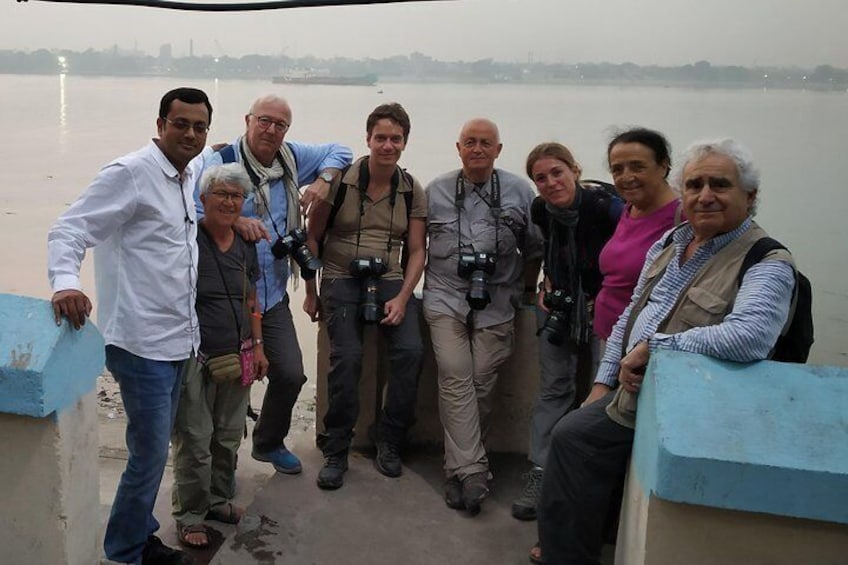
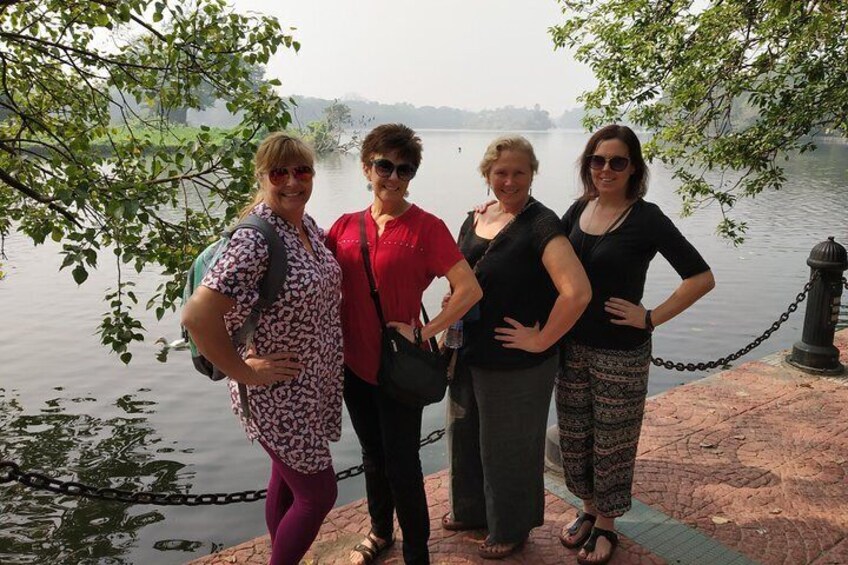
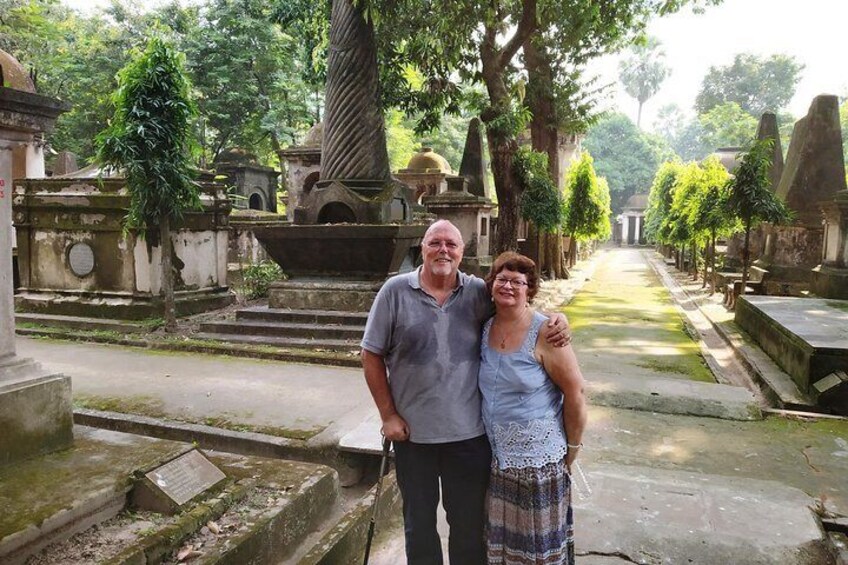
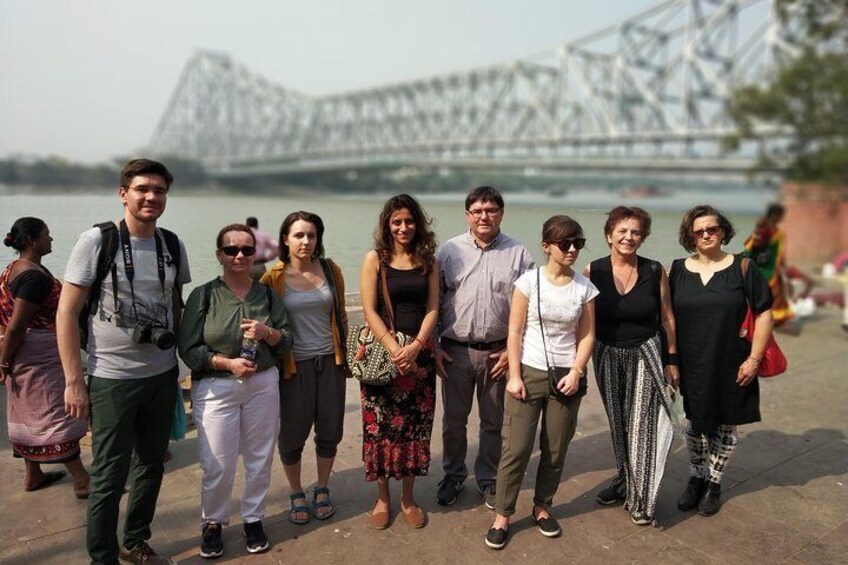
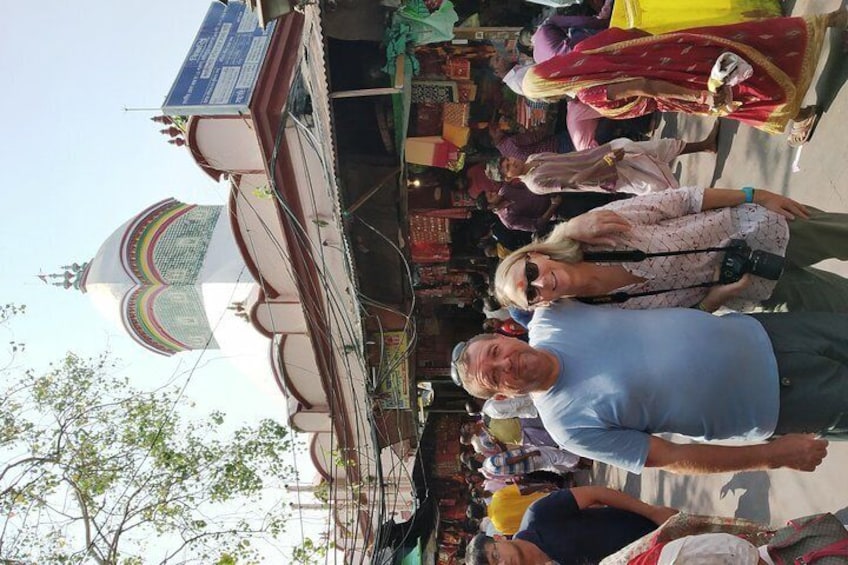
Experience Kolkata in 2 Days like never before - Private Tour
Features
- Free cancellation available
- 16h
- Mobile voucher
- Instant confirmation
- Selective hotel pickup
Overview
Step into the vibrant tapestry of Kolkata's history & culture with our unique 2-day tour, crafted to immerse you in the city's rich heritage. Hear you'll embark on a sensory journey through Kolkata's colonial and historical landmarks.
Every corner of Kolkata exudes a unique scent, a fragrance of its storied past and vibrant present. Our tour is meticulously planned to ensure you experience the very essence of the city, tailored to your preferences.
Throughout your exploration, you'll be accompanied by a local expert, handouts will supplement your journey, offering detailed information about the landmarks you'll visit, enriching your understanding of Kolkata's intricate tapestry.
This isn't just a sightseeing tour; it's a chance to witness Kolkata's evolution and embrace its vibrant spirit. So, join us and embark on this extraordinary adventure, a celebration of Kolkata's enduring legacy.
**This tour is for the people who wants little information & want to see the life of the city.
Activity location
- Malik Ghat Flower Market
- , Southeast end of Howrah Bridge
- Kolkata (Calcutta), West Bengal, India
Meeting/Redemption Point
- Malik Ghat Flower Market
- , Southeast end of Howrah Bridge
- Kolkata (Calcutta), West Bengal, India
Check availability
Private Tour with Car & Driver
- 16h
- English
Private Tour with Car & Driver: This option is with an English speaking Driver. Choose this option only if you don't require a Profession Tour Guide.
Pickup included
Kolkata Full Day Sightseeing Including Mother House, Kumortuli and Flower Market
- 16h
- English
Pickup included
What's included, what's not
- Customised Private Tour of your choice in Air-conditioned Vehicle along with English Speaking Driver
- Hotel Pickup and Drop-off
- All Fees & Taxes as per the Itinerary, including Guide Fees, Fuel Surcharge, Parking & Toll Charges.
- Idol Making in Kumartuli
- Sweet Testing in a Traditional Sweet Shop
- Tea / Coffee at the Indian Coffee House
- Gratuities
- Cost of Breakfast, Lunch and Dinner, anything else unless specified.
- Entry fee for the Victoria Memorial is not covered. Guests can purchase the ticket on arrival.
Know before you book
- Specialized infant seats are available
- Public transportation options are available nearby
- Suitable for all physical fitness levels
Activity itinerary
Malik Ghat Flower Market
- 30m
Howrah Bridge
- 15m
Mother House
- 30m
Parashnath Jain Temple
- 30m
Kumartuli
- 30m
College Street (Boi Para)
- 30m
St. John's Church
- 30m
Maghen David synagogue
- 30m
Dakshineswar Kali Temple
- 45m
Belur Math
- 45m
Race Course (Pass by)
Writers' Building (Pass by)
Victoria Memorial Hall
- 45m
- Admission ticket not included
Calcutta High Court (Pass by)
Town Hall (Pass by)
Eden Gardens (Pass by)
Raj Bhavan (Pass by)
St. Andrew's Church (Pass by)
Fort William (Pass by)
General Post Office (Pass by)
Shaheed Minar (Pass by)
Maidan (Pass by)
Location
Activity location
- Malik Ghat Flower Market
- , Southeast end of Howrah Bridge
- Kolkata (Calcutta), West Bengal, India
Meeting/Redemption Point
- Malik Ghat Flower Market
- , Southeast end of Howrah Bridge
- Kolkata (Calcutta), West Bengal, India